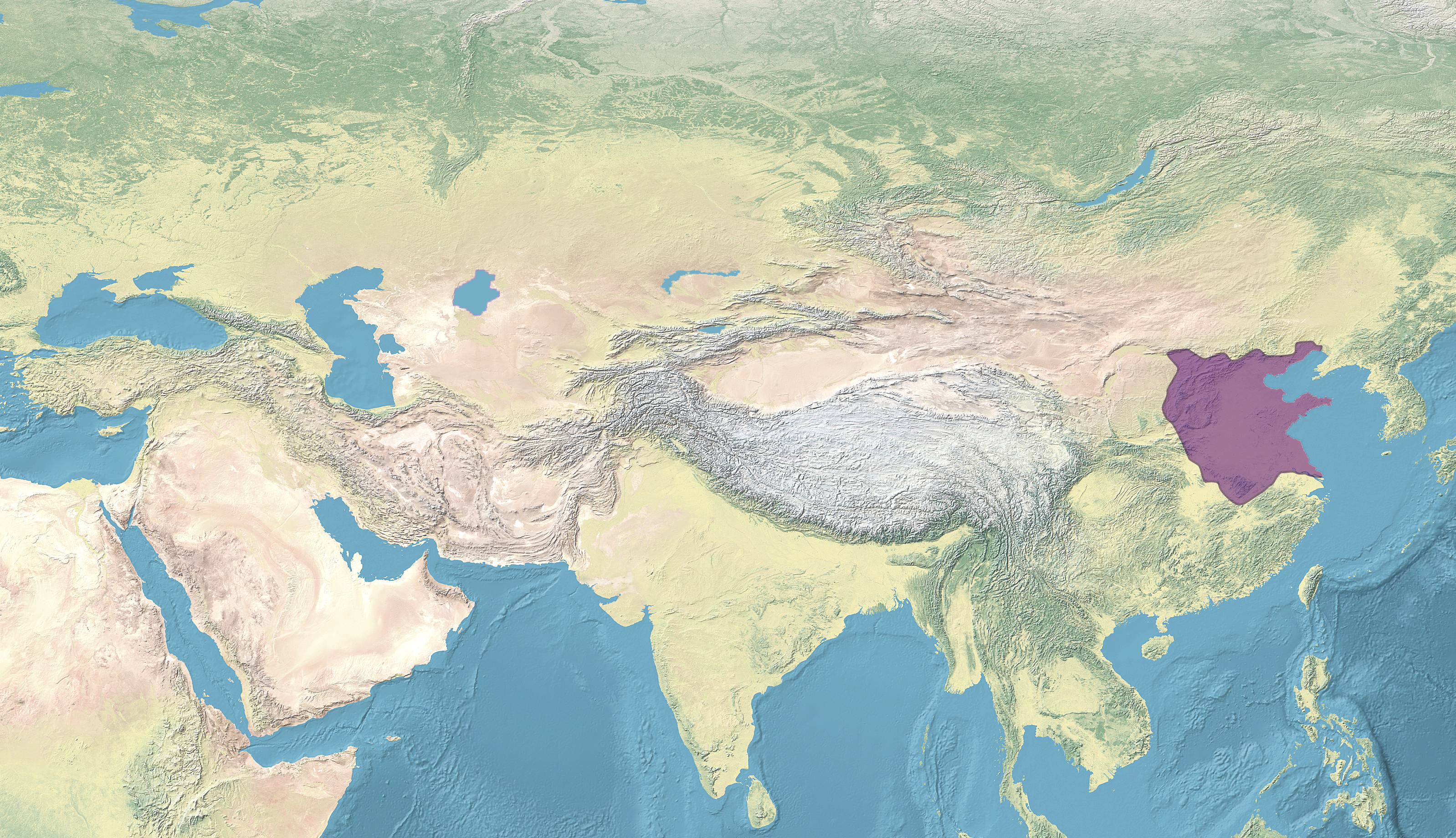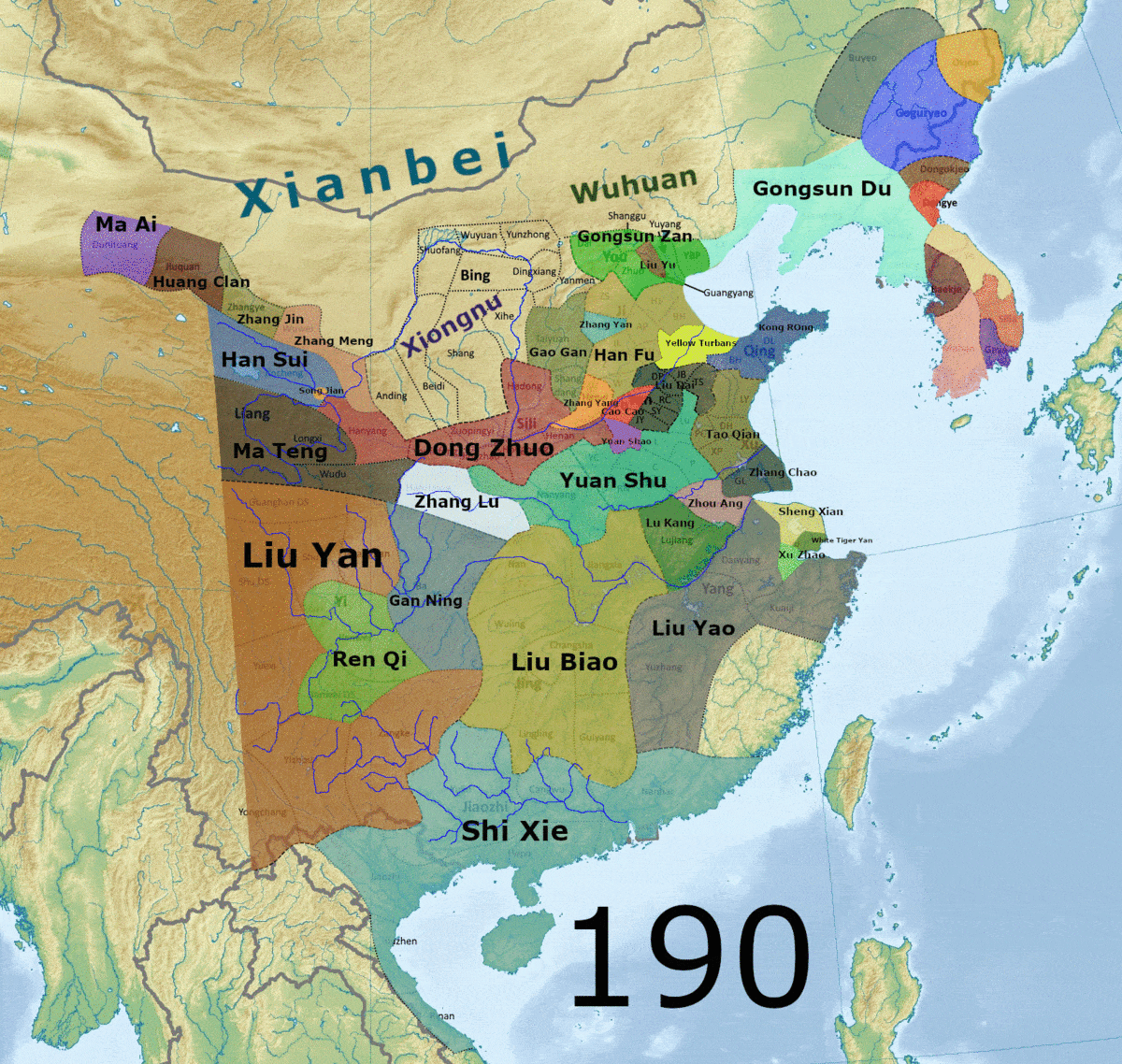|
Gyoza
''Jiaozi'' or Gyoza (; ) are a type of Chinese dumpling. ''Jiaozi'' typically consist of a ground meat or vegetable filling wrapped into a thinly rolled piece of dough, which is then sealed by pressing the edges together. ''Jiaozi'' can be boiled (), steamed (), pan-fried (), or deep-fried (), and are traditionally served with a black vinegar and sesame oil dip. They can also be served in a soup (). ''Jiaozi'' have great cultural significance within China. ''Jiaozi'' are one of the major dishes eaten during the Chinese New Year throughout northern China and eaten all year round in the Northern and southern China, northern provinces. Their resemblance to the gold and silver ingots (sycee) used in Imperial China has meant that they symbolize wealth and good fortune. A Japanese variety of ''jiaozi'' is referred to as gyōza; the ''jiaozi'' was introduced to Japan by returning Japanese soldiers during the Second Sino-Japanese War, Japanese invasion and colonization of China. In ... [...More Info...] [...Related Items...] OR: [Wikipedia] [Google] [Baidu] |
Dumpling
Dumplings are a broad class of dishes that consist of pieces of cooked dough (made from a variety of starchy sources), often wrapped around a filling. The dough can be based on bread, wheat or other flours, or potatoes, and it may be filled with meat, Fish as food, fish, tofu, cheese, vegetables, or a combination. Dumplings may be prepared using a variety of cooking methods and are found in many world cuisines. One of the earliest mentions of dumplings comes from the Chinese scholar Shu Xi who mentions them in a poem 1,700 years ago. In addition, archaeologically preserved dumplings have been found in Turpan, Turfan, Xinjiang, China dating back over 1,000 years. Definition The precise definition of a dumpling is controversial, varying across individuals and cultures. The term emerged in English by the 17th century, where it referred to a small lump of dough cooked by simmering or steaming. The definition has since grown to include filled dumplings, where the dough encloses ... [...More Info...] [...Related Items...] OR: [Wikipedia] [Google] [Baidu] |
Zhang Zhongjing
Zhang Zhongjing (; 150–219), formal name Zhang Ji (), was a Chinese pharmacologist, physician, inventor, and writer of the Eastern Han dynasty and one of the most eminent Chinese physicians during the later years of the Han dynasty. He established medication principles and summed up the medicinal experience until that time, thus making a considerable contribution to the development of Traditional Chinese Medicine. Biography Though well known in modern Chinese medicine and considered one of the finest Chinese physicians in history, very little is known about his life. According to later sources, he was born in Nanyang, held an official position in Changsha and lived from approximately 150 to 219 AD. Exact dates regarding his birth, death and works vary, but an upper limit of 220 AD is generally accepted. It is also speculated that he created jiaozi ( - gyoza/ dumplings/potstickers) to help people with frostbitten ears. During his time, with warlords fighting for their o ... [...More Info...] [...Related Items...] OR: [Wikipedia] [Google] [Baidu] |
:Category:Chinese Words And Phrases
For articles on words and phrases related to a specific area of China, or to a specific spoken variant, please refer to one of the subcategories. Words A word is a basic element of language that carries meaning, can be used on its own, and is uninterruptible. Despite the fact that language speakers often have an intuitive grasp of what a word is, there is no consensus among linguists on its ... Words and phrases by language {{CatAutoTOC ... [...More Info...] [...Related Items...] OR: [Wikipedia] [Google] [Baidu] |
The Austin Chronicle
''The Austin Chronicle'' is an alternative weekly newspaper published every Thursday in Austin, Texas, United States. The paper is distributed through free news-stands, often at local eateries or coffee houses frequented by its targeted demographic. In 2001, the newspaper reported a weekly readership of 545,500. It is part of the Association of Alternative Newsmedia and it emulates the typical publications of the 1960s counterculture movement. History The ''Chronicle'' was co-founded in 1981 by Nick Barbaro and Louis Black, with assistance from others who largely met through the graduate film studies program at the University of Texas at Austin. Barbaro and Black are also co-founders of the South by Southwest Festival, although the festival operates as a separate company. The paper initially was published bi-weekly, and later weekly. Its precursor in style and format was the ''Austin Sun'', a bi-weekly that had ceased operations in 1978, after four years of publication. The fi ... [...More Info...] [...Related Items...] OR: [Wikipedia] [Google] [Baidu] |
Gaochang
Gaochang (; Old Uyghur: ''Qocho''), also called Khocho, Karakhoja, Qara-hoja, Kara-Khoja or Karahoja (قاراغوجا in Uyghur), was an ancient oasis city on the northern rim of the inhospitable Taklamakan Desert in present-day Sanbu Township, Xinjiang, China. The site is also known in published reports as Chotscho, Khocho, Qocho or Qočo. During the Yuan dynasty and Ming dynasty, Gaochang was referred to as "Halahezhuo" () (Qara-khoja) and Huozhou. Artistic depictions of the city have been published by Albert von Le Coq. Gaochang is considered in some sources to have been a "Chinese colony", that is, it was located in a region otherwise occupied at the time by West Eurasian peoples. A busy trading center, it was a stopping point for merchant traders traveling on the Silk Road. It was destroyed in wars during the 14th century and old palace ruins and inside and outside cities can still be seen today. Along with other sites along the historic Silk Road, Gaocheng was inscri ... [...More Info...] [...Related Items...] OR: [Wikipedia] [Google] [Baidu] |
Six Dynasties
Six Dynasties (; 220–589 or 222–589) is a collective term for six Han-ruled Chinese dynasties that existed from the early 3rd century AD to the late 6th century AD, between the end of the Eastern Han dynasty and the beginning of the Sui dynasty. The Six Dynasties period overlapped with the era of the Sixteen Kingdoms, a chaotic warring period in northern China after the collapse of the Western Jin dynasty, as well as the Northern and Southern dynasties period. The terms " Wei, Jin, Southern and Northern dynasties" (魏晉南北朝) and "Three Kingdoms, Two Jins, Southern and Northern dynasties" (三國兩晉南北朝) are also used by Chinese historians to refer to the same historical era as the Six Dynasties, although the three terms do not refer to the same group of dynasties. Six Dynasties with capital in Jiankang The six dynasties based in Jiankang (modern-day Nanjing) were: # Eastern Wu dynasty (222–280) # Eastern Jin dynasty (317–420) # Liu Song dynasty ... [...More Info...] [...Related Items...] OR: [Wikipedia] [Google] [Baidu] |
Northern Qi
Qi, known as the Northern Qi (), Later Qi (後齊) or Gao Qi (高齊) in historiography, was a Dynasties in Chinese history, Chinese imperial dynasty and one of the Northern and Southern dynasties#Northern dynasties, Northern dynasties during the Northern and Southern dynasties era. It ruled the eastern part of northern China from 550 to 577. The dynasty was founded by Emperor Wenxuan of Northern Qi, Gao Yang (Emperor Wenxuan), and was eventually conquered by the Xianbei-led Northern Zhou, Northern Zhou dynasty in 577. History Northern Qi was the successor state of the Chinese Xianbei state of Eastern Wei and was founded by Emperor Wenxuan of Northern Qi, Emperor Wenxuan. Emperor Wenxuan had a Han Chinese, Han father of largely Xianbei culture, Gao Huan, and a Xianbei mother, Lou Zhaojun. As Eastern Wei's powerful minister Gao Huan was succeeded by his sons Gao Cheng and Gao Yang, who took the throne from Emperor Xiaojing of Eastern Wei in 550 and established Northern Qi as Emper ... [...More Info...] [...Related Items...] OR: [Wikipedia] [Google] [Baidu] |
Yan Zhitui
Yan Zhitui (, 531–591?) courtesy name Jie () was a Chinese calligrapher, painter, musician, writer, philosopher and politician who served four different Chinese states during the late Northern and Southern dynasties: the Liang dynasty in southern China, the Northern Qi and Northern Zhou dynasties of northern China, and their successor state that reunified China, the Sui dynasty. Yan Zhitui was a supporter of Buddhism in China despite criticism by many of his Confucian-taught peers. Family background Yan Zhitui's ancestors were originally from Linyi in modern-day Shandong Province. His family belonged to the aristocratic Yan clan of Langya ( 琅琊顏氏). After the fall of the Jin dynasty's capital city of Chang'an during the Uprising of the Five Barbarians, the Yan family migrated south below the Yangtze River in 317. At the Eastern Jin's new capital of Jiankang (modern-day Nanjing) the Yan family became prominent amongst the elite families. The Yan family provided m ... [...More Info...] [...Related Items...] OR: [Wikipedia] [Google] [Baidu] |
Zhang Yi (Cao Wei)
Zhang Yi (fl. 227–232), styled Zhì Ràng (稚让), was a native of Cao Wei of the Three Kingdoms period. He was the author of the Guangya, an early 3rd century CE Chinese dictionary There are two types of dictionaries regularly used in the Chinese language: list individual Chinese characters, and list words and phrases. Because tens of thousands of characters have been used in written Chinese, Chinese lexicographers have d .... Around 230 CE, he held the rank of Doctor in the Imperial Academy under Emperor Ming. References Linguists from China Cao Wei writers Ancient linguists {{China-linguist-stub ... [...More Info...] [...Related Items...] OR: [Wikipedia] [Google] [Baidu] |
Guangya
The (c. 230) ''Guangya'' (; "Expanded '' ra''") was an early 3rd-century CE Chinese dictionary, edited by Zhang Yi (張揖) during the Three Kingdoms period. It was later called the ''Boya'' (博雅; ''Bóyǎ''; ''Po-ya''; "Broadened ra") owing to naming taboo on Yang Guang (楊廣), which was the birth name of Emperor Yang of Sui. Zhang Yi wrote the ''Guangya'' as a supplement to the centuries older '' Erya'' dictionary. He used the same 19 chapter divisions into lexical categories, and numerous ''Guangya'' entries are abstract words under the first three chapters ''Shigu'' (釋詁 "Explaining Old Words"), ''Shiyan'' (釋言 "Explaining Words"), and ''Shixun'' (釋訓 "Explaining Instructions"). Based upon entries in the ''Guangya'' biological chapters, Joseph Needham et al. say most are original and different, showing little overlap with ''Erya'' entries, so that Zhang Yi almost doubled the 334 plants and trees in the classic dictionary. The Qing Dynasty philologist Wang Nia ... [...More Info...] [...Related Items...] OR: [Wikipedia] [Google] [Baidu] |
Three Kingdoms
The Three Kingdoms of Cao Wei, Shu Han, and Eastern Wu dominated China from AD 220 to 280 following the end of the Han dynasty. This period was preceded by the Eastern Han dynasty and followed by the Jin dynasty (266–420), Western Jin dynasty. Academically, the periodisation begins with the establishment of Cao Wei in 220 and ends with the conquest of Wu by Jin in 280. The period immediately preceding the Three Kingdoms, from 184 to 220, was marked by chaotic infighting among warlords across China as Han authority collapsed. The period from 220 to 263 was marked by a comparatively stable arrangement between Cao Wei, Shu Han, and Eastern Wu. This stability broke down with the conquest of Shu by Wei in 263, followed by the usurpation of Cao Wei by Jin in 266 and ultimately the conquest of Wu by Jin in 280. The Three Kingdoms period including the collapse of the Han was one of the most dangerous in Chinese history due to multiple plagues, widespread famines, and civil war. A n ... [...More Info...] [...Related Items...] OR: [Wikipedia] [Google] [Baidu] |





